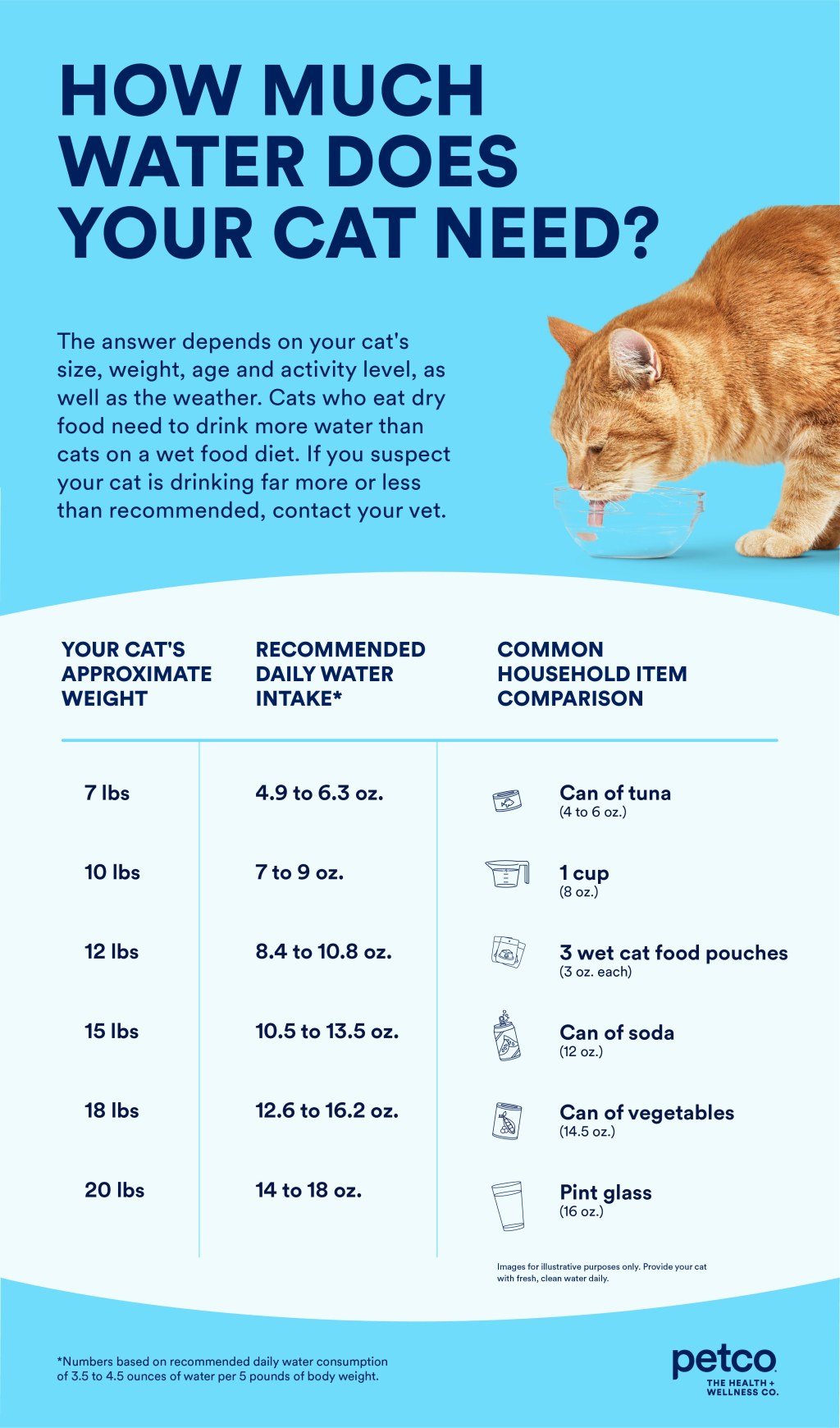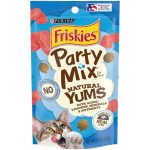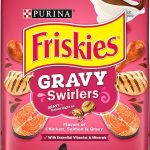Harness The Power Of Hydration: Unveiling The Water Content In Wet Cat Food
How Much Water is in Wet Cat Food?
Introduction
Hello, Cat Lovers! Are you curious about how much water is in wet cat food? As responsible pet owners, it is important to understand the nutritional composition of the food we provide for our feline friends. In this article, we will explore the topic of water content in wet cat food and its significance for the health and well-being of our beloved cats.
3 Picture Gallery: Harness The Power Of Hydration: Unveiling The Water Content In Wet Cat Food



Water is a vital component of a cat’s diet as it plays a crucial role in maintaining hydration, promoting digestion, and supporting overall health. Understanding the amount of water present in wet cat food can help us make informed decisions when selecting the most suitable diet for our furry companions.
In this article, we will provide a comprehensive overview of the water content in wet cat food, including its importance, the factors affecting the water content, the benefits and drawbacks, as well as answers to frequently asked questions. Let’s dive in!

Image Source: thesprucepets.com
What is Wet Cat Food?
Wet cat food, also known as canned cat food, is a type of cat food that contains a high moisture content. It typically comes in cans or pouches and is made from a combination of meat, fish, vegetables, and other ingredients. Unlike dry cat food, wet cat food has a soft and moist texture, making it more palatable for cats.
Water Content in Wet Cat Food

Image Source: ltmcdn.com
The water content in wet cat food varies depending on the brand and formulation. On average, wet cat food contains approximately 75-85% water. This high moisture content is one of the primary characteristics that distinguish wet cat food from dry cat food.
Compared to dry cat food, which usually contains only 10-12% water, wet cat food provides cats with a significant amount of additional hydration. This is particularly beneficial for cats who may not have a strong natural thirst drive or those who are prone to urinary tract issues.
The higher water content in wet cat food also helps to promote a healthy urinary system by diluting the urine and reducing the concentration of minerals that can contribute to the formation of urinary crystals or stones. Additionally, the increased moisture content aids in preventing dehydration, which can be especially beneficial for cats with certain medical conditions or those who are prone to kidney problems.
Factors Affecting Water Content

Image Source: petco.com
Several factors can influence the water content in wet cat food. The main factor is the manufacturing process. During the production of wet cat food, water is added to the ingredients to create the desired texture and consistency. Different brands and formulations may use varying amounts of water, resulting in variations in the final water content.
The type of ingredients used can also affect the water content. For example, cat foods that contain higher amounts of fresh meat or fish tend to have a higher water content compared to those that primarily use meat or fish meal.
Advantages and Disadvantages of Wet Cat Food
As with any type of cat food, wet cat food has its advantages and disadvantages. Let’s take a closer look:
Advantages:
1. Increased hydration: The high water content in wet cat food helps to keep cats hydrated, especially those who don’t drink enough water.
2. Better palatability: The soft and moist texture of wet cat food makes it more appealing to cats, particularly for picky eaters.
3. Urinary health: The high moisture content in wet cat food promotes a healthy urinary system by diluting urine and reducing the risk of urinary tract issues.
4. Prevents dehydration: Wet cat food is an excellent option for cats who are prone to dehydration or have certain health conditions, such as kidney problems.
5. Weight management: Wet cat food can be beneficial for weight management as it is often lower in carbohydrates and higher in protein compared to dry cat food.
Disadvantages:
1. Short shelf life: Once opened, wet cat food has a limited shelf life and should be consumed within a certain period to prevent spoilage.
2. Cost: Wet cat food is generally more expensive than dry cat food, which can be a consideration for pet owners on a tight budget.
3. Dental health: The soft texture of wet cat food may not provide the same level of dental benefits as dry cat food, which can help to scrape plaque off the teeth.
FAQs (Frequently Asked Questions)
1. Q: Is wet cat food necessary for my cat’s diet?
A: While wet cat food is not absolutely necessary, it offers several benefits, including increased hydration and improved urinary health. It can be a great addition to your cat’s diet, but it is essential to consult with your veterinarian to determine the most suitable feeding regimen for your cat.
2. Q: Can I mix wet and dry cat food together?
A: Yes, you can mix wet and dry cat food together to provide a balanced and varied diet for your cat. However, it is essential to ensure that the total amount of food meets your cat’s nutritional needs and to monitor their calorie intake to prevent obesity.
3. Q: How much water should I add to dry cat food?
A: If you prefer to feed your cat dry cat food, you can add some water to increase the moisture content. A general guideline is to add approximately 1/4 cup of water per 1 cup of dry cat food. However, it is best to consult with your veterinarian for specific recommendations based on your cat’s individual needs.
4. Q: Can I feed my cat only wet cat food?
A: Yes, it is possible to feed your cat only wet cat food. However, it is important to ensure that the wet cat food you choose provides all the necessary nutrients for your cat’s overall health. Consult with your veterinarian to select a complete and balanced wet cat food formula.
5. Q: How do I transition my cat from dry to wet cat food?
A: When transitioning your cat from dry to wet cat food, it is recommended to do so gradually over a period of 5-7 days. Start by mixing a small amount of wet cat food with the dry cat food and gradually increase the proportion of wet food while decreasing the amount of dry food. This gradual transition helps to prevent digestive upset and allows your cat to adjust to the new diet.
Conclusion
In conclusion, water content in wet cat food is an essential aspect to consider when choosing the best diet for your cat. The high moisture content in wet cat food provides numerous benefits, including hydration, improved urinary health, and prevention of dehydration. While wet cat food has its advantages, such as palatability and weight management, it also has some disadvantages, such as a shorter shelf life and higher cost. Ultimately, the decision of whether to feed your cat wet cat food should be based on their individual needs and preferences, as well as guidance from your veterinarian. Remember, a well-balanced diet is key to keeping your feline friend healthy and happy!
Final Remarks
Disclaimer: The information provided in this article is for educational purposes only and should not replace professional veterinary advice. If you have any concerns or questions about your cat’s diet, please consult with a qualified veterinarian. Every cat is unique and may have specific dietary requirements that should be taken into consideration.
This post topic: Cats


